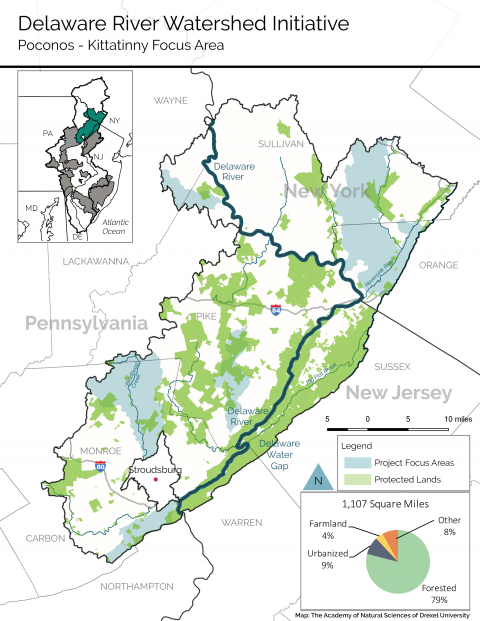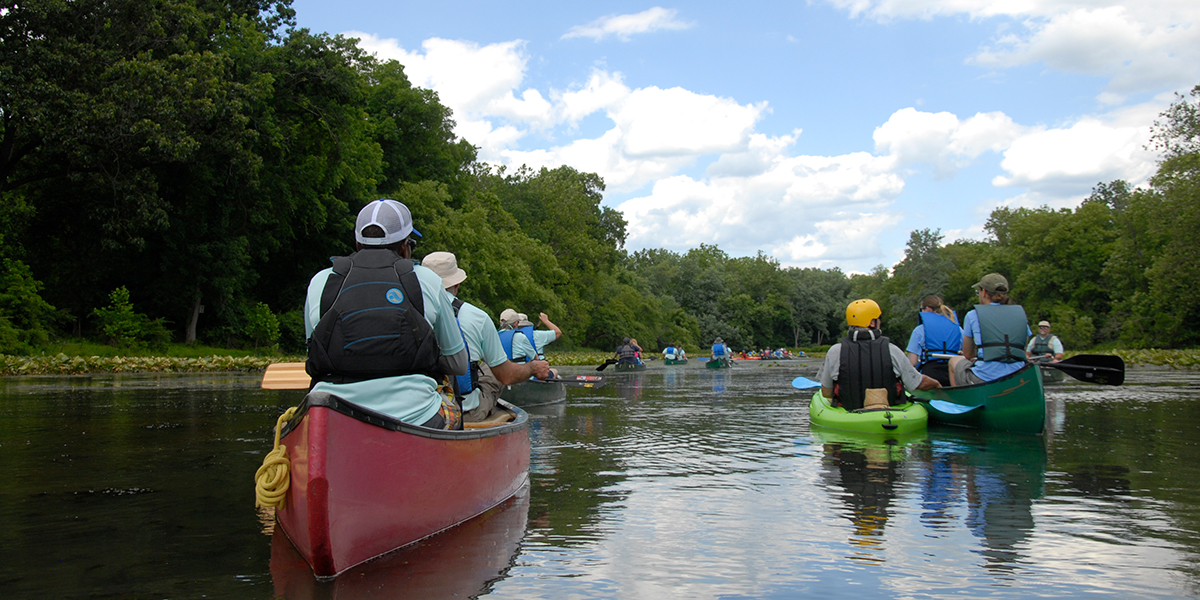Why it’s Important
The cluster’s abundant forests and wetlands are critical to protecting water quality and quantity in the Delaware River. The Poconos region has been developed as a resort destination for surrounding metropolitan areas, and tourism is the single-largest economic driver. People who commute to New York City and northern New Jersey have flocked to Pennsylvania’s Pike and Monroe Counties, which have experienced significant increases in the number of permanent residents. This makes land protection essential in an area where rapid and poorly planned development is a growing concern.
Population growth has brought challenges as well as opportunities to this region. Local businesses and leaders often rely on development projects to provide jobs and revenue, but the degree to which land use and development decisions protect water quality varies with the local application of land-use law and design and engineering principles. Municipal officials must act upon development applications relatively quickly and may not always have the time and access to the technical resources needed to fully consider a project’s water-quality impacts.
In addition, projects are usually reviewed individually without a way to measure the cumulative impacts of multiple projects on water quality or the potential economic impacts of reduced water quality in the region. New energy infrastructure and shale gas development pose another critical threat. Inappropriate siting, construction and management of facilities and rights-of-way, especially for electric lines and gas pipelines, can have both immediate and long-term impacts on water quality.
Once cleared, rights-of-way historically have been maintained by removing vegetation and suppressing regrowth with chemical treatment, which impedes natural processes for reestablishing forest cover and increases erosion and sedimentation in local streams.



